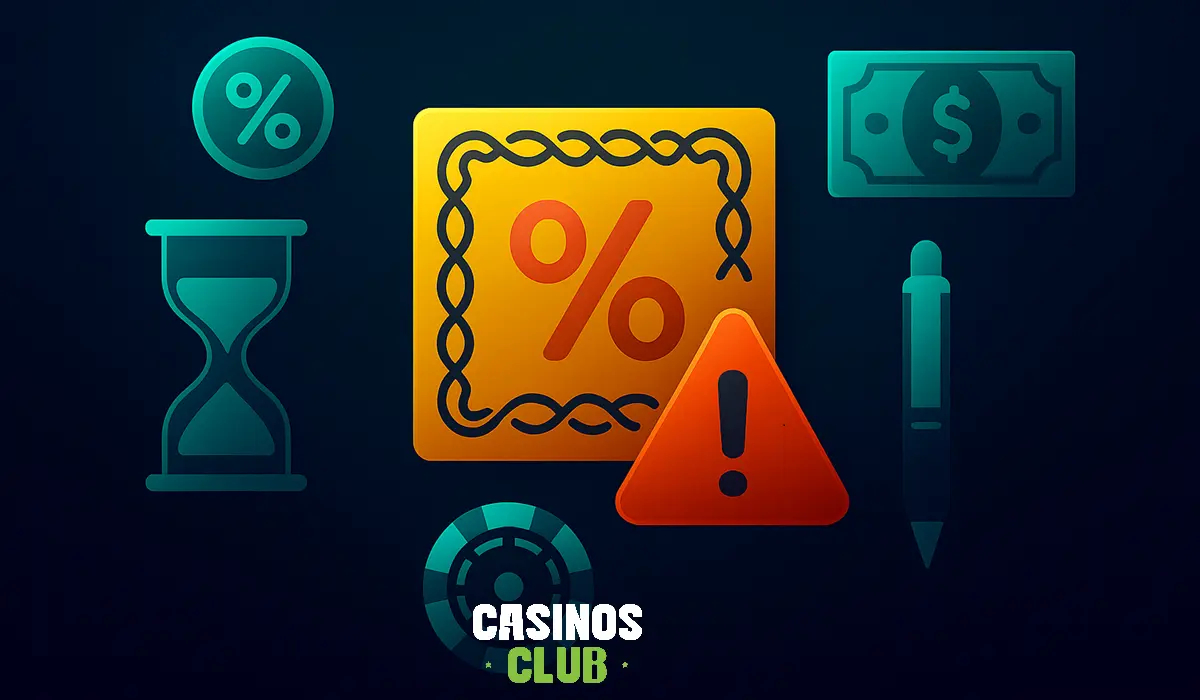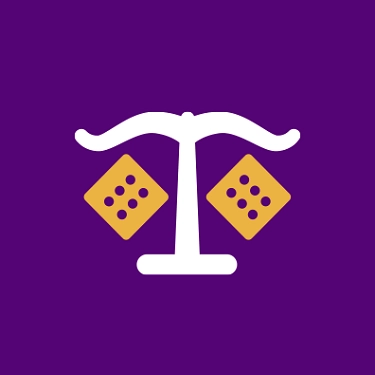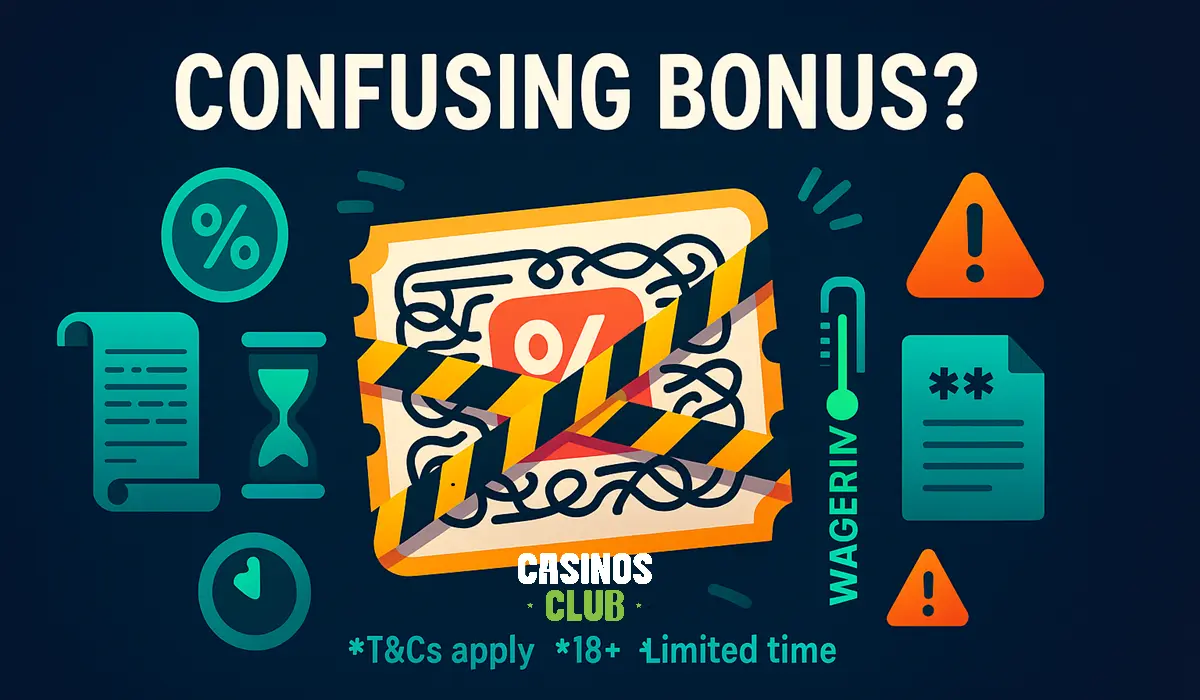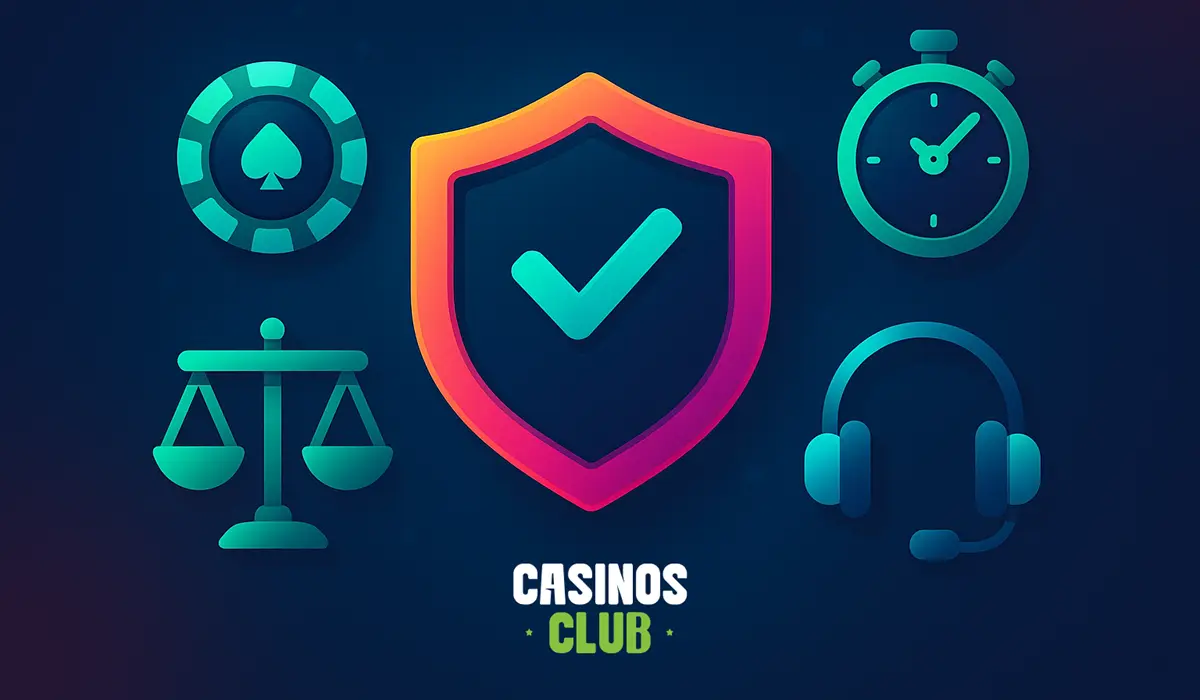
11 November 2025
Bankroll Management for Gambling
Bankroll Management for Gambling: Complete Guide with Examples
Bankroll Management for Gambling is the plan that keeps play affordable, emotions steady, and sessions enjoyable over the long run. This guide explains why bankroll rules matter, how to size your “unit,” what limits to use, and how to review results so you improve over time.
Table of Contents
Why It Matters: Variance, Tilt & Risk
Set Up Your Bankroll (Step-by-Step)
Unit Sizing: 1% vs 2% with Examples
By Game: Slots, Tables, and Sports
Stop-Loss, Win-Stop, Timeboxing
What Is Bankroll Management?
Your bankroll is the amount of money you set aside purely for gambling. Management means having a written plan for how big each bet will be (your unit), how much you are willing to risk in a session/day, and when to stop. It replaces guesswork with a routine you can follow even when emotions run high.
Why It Matters: Variance, Tilt & Risk
All games have variance streaks of wins and losses that don’t always match short-term expectations. Without rules, people react to downswings by chasing losses or raising stakes to “get even,” which is how bankrolls disappear. A simple system prevents tilt, smooths swings, and keeps you in the game long enough to enjoy the good runs.
Set Up Your Bankroll (Step-by-Step)
- Choose a safe amount: Use money you can afford to lose. Never borrow or use bill money.
- Separate it: Keep it in its own e-wallet, card, or cash envelope so you can see the balance clearly.
- Pick a period: Monthly or weekly. Fund it on a schedule, not mid-session.
- Write rules: Unit size, session stop-loss, daily cap, time limits, and a review routine.
- Commit: Success is sticking to the rules, not forcing a result in one session.
Unit Sizing: 1% vs 2% with Examples
Your unit is the default stake for a spin/hand/bet. For most players, flat staking is best: use the same unit every play and only change it when your bankroll changes significantly.
- 1% units (conservative): Best for high variance games or new players. A €1,000 bankroll means €10 per play.
- 2% units (aggressive): Faster swings; only if you’re comfortable with bigger drawdowns. A €1,000 bankroll means €20 per play.
- Recalculate: Adjust unit size when your bankroll moves ~25% up/down or at month-end.
Example: With a €500 bankroll, 1% units = €5. If you lose 5 units in a session (−€25), stop and review. If your bankroll grows to €750, 1% becomes €7.50 round to €7 or €8 and keep it steady until the next review.
By Game: Slots, Tables, and Sports
Slots: Variance is high. Prefer 1% units and longer timeboxes. Don’t raise stakes to “unlock” a bonus it’s a trap.
Table games: Use constant units; avoid progression systems that multiply stakes after losses. They turn bad runs into disasters.
Sports betting: Flat stakes per play. Parlays increase variance; use them sparingly. If you can truly estimate edge, you can use a small fraction of Kelly; otherwise stay with flat staking.
Stop-Loss, Win-Stop, Timeboxing
- Session stop-loss: 3–5 units. Hit it? End the session no “one more” bets.
- Daily exposure cap: About 8 units in total stakes for the day.
- Optional win-stop: Bank profits at +4–6 units and take a break.
- Timeboxing: Pre-set play windows to reduce fatigue and tilt (e.g., 45–90 minutes).
Tracking & Post-Session Review
After each session, jot down date, game/market, stake, odds/house edge, result, and a quick note about decisions (good or bad). Review weekly: did you chase losses, break rules, or play tired? Improvement comes from honest notes, not from one lucky session.
Drawdowns & Rebuild Plan
Downswings happen. If your bankroll drops ~25%, reduce your unit size to match the new bankroll and take a short cool-off. Rebuild gradually with smaller stakes. If you go bust, step away and refill only on your scheduled funding date. Never reload in anger.
Common Mistakes & Myths
- “I’ll just raise stakes and win it back.” That’s tilt talking write a stop-loss so you don’t listen.
- Progression systems beat variance. They magnify it. A bad streak becomes unaffordable fast.
- Parlays create value. They create variance; only use small, occasional parlays if you accept that risk.
- Changing unit size mid-session. Pick a unit and keep it until your next review.
Quick Facts (Table)
This table summarizes the plan you can follow every session.
| Item | Details |
| Goal | Protect balance, smooth swings, and keep play fun. |
| Bankroll Source | Separate “entertainment” money only; never borrowed funds. |
| Unit Size | 1–2% of bankroll per play (beginners: 1%). |
| Method | Flat staking; adjust only after major bankroll change (~25%). |
| Session Stop-Loss | 3–5 units. When reached, stop for the day. |
| Daily Exposure | ≈ 8 units across all wagers in 24 hours. |
| Optional Win-Stop | Bank profit at +4–6 units and take a break. |
| Tracking | Short notes after each session; weekly review for rule breaks. |
| Best Fit | Slots (smaller units), tables (constant units), sports (flat stakes). |
| Avoid | Chasing, progression systems, changing units mid-session. |
| Rule of Thumb | Pick 1% or 2% units and stick to them. Limits > feelings. |
Bankroll → Unit Sizes (Table)
Use this to set your unit and limits in seconds. Values are examples round to whole numbers that your site supports.
| Bankroll | 1% Unit | 2% Unit | Session Stop-Loss (≈ 5 units) | Daily Exposure (≈ 8 units) | Win-Stop (≈ 4–6 units) |
|---|---|---|---|---|---|
| €/$ 200 | 2 | 4 | €/$ 10–20 | €/$ 16–32 | €/$ 8–12 |
| €/$ 300 | 3 | 6 | €/$ 15–30 | €/$ 24–48 | €/$ 12–18 |
| €/$ 500 | 5 | 10 | €/$ 25–50 | €/$ 40–80 | €/$ 20–30 |
| €/$ 1,000 | 10 | 20 | €/$ 50–100 | €/$ 80–160 | €/$ 40–60 |
| €/$ 2,000 | 20 | 40 | €/$ 100–200 | €/$ 160–320 | €/$ 80–120 |
| €/$ 2,500 | 25 | 50 | €/$ 125–250 | €/$ 200–400 | €/$ 100–150 |
| Notes | Round units to values your site supports. If bankroll changes ~25%, recalc units at your next review. | ||||
Responsible Play
Set deposit limits, use cool-offs, or self-exclude if needed. If gambling stops being fun, stop. Read our full guide: Responsible Gambling.
FAQ: Bankroll Management for Gambling
What is a “unit” and why does it matter?
A unit is your default stake per spin/hand/bet (e.g., 1% of your bankroll). Using fixed units keeps your risk steady and prevents random stake jumps that lead to tilt.
Should I use 1% or 2% units?
1% is conservative and better for high-variance games or new players. 2% is more aggressive and swings more. Pick one and stick to it for the whole session.
When do I recalculate my unit size?
After a ~25% bankroll change or on a fixed schedule (e.g., monthly). Don’t change unit size mid-session—wait until your next review.
What is a session stop-loss?
A hard limit (commonly 3–5 units) where you end the session if reached. It protects you from chasing losses when emotions spike.
How many units should I risk in a day?
Many players cap daily exposure around 8 units. You can also set a win-stop at +4–6 units to protect profits and reset.
Do progression systems (Martingale, etc.) help?
No. They multiply stakes during losing streaks and can wipe out your bankroll. Flat staking with stop-loss rules is safer and more sustainable.
Is Kelly Criterion good for sports betting?
Only if you can reliably estimate your edge. If you use it, keep stakes tiny (25–50% of Kelly). If you can’t estimate edge, stick to flat 1–2% units.
How should I handle parlays?
Parlays increase variance. If you use them, keep stakes small and separate from your main flat-stake plays.
I hit a big win—do I increase my unit?
Not mid-session. Bank profits, finish the session, then consider a recalculation at your next scheduled review.
What if I’m on a downswing?
Reduce unit size to match the new bankroll, take a cool-off, and review notes to spot rule-breaking or tilt. Don’t chase losses.
What’s the difference between bankroll and session budget?
Your bankroll is the total set aside for gambling. A session budget is the portion you use in one sitting—bounded by stop-loss and time limits.
Where can I learn more about playing safely?
See our guide: Responsible gambling










